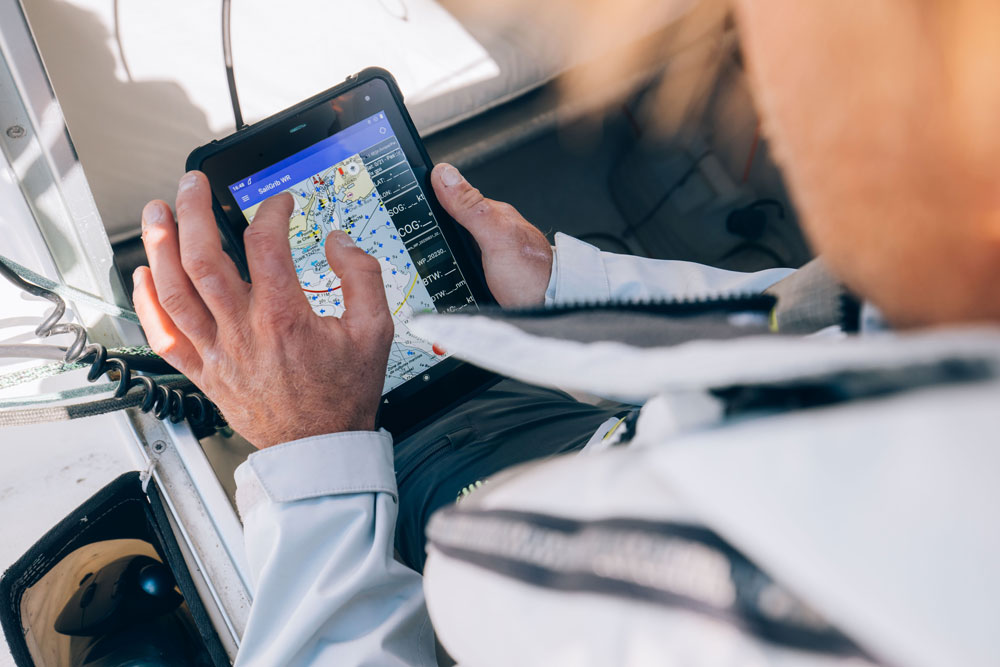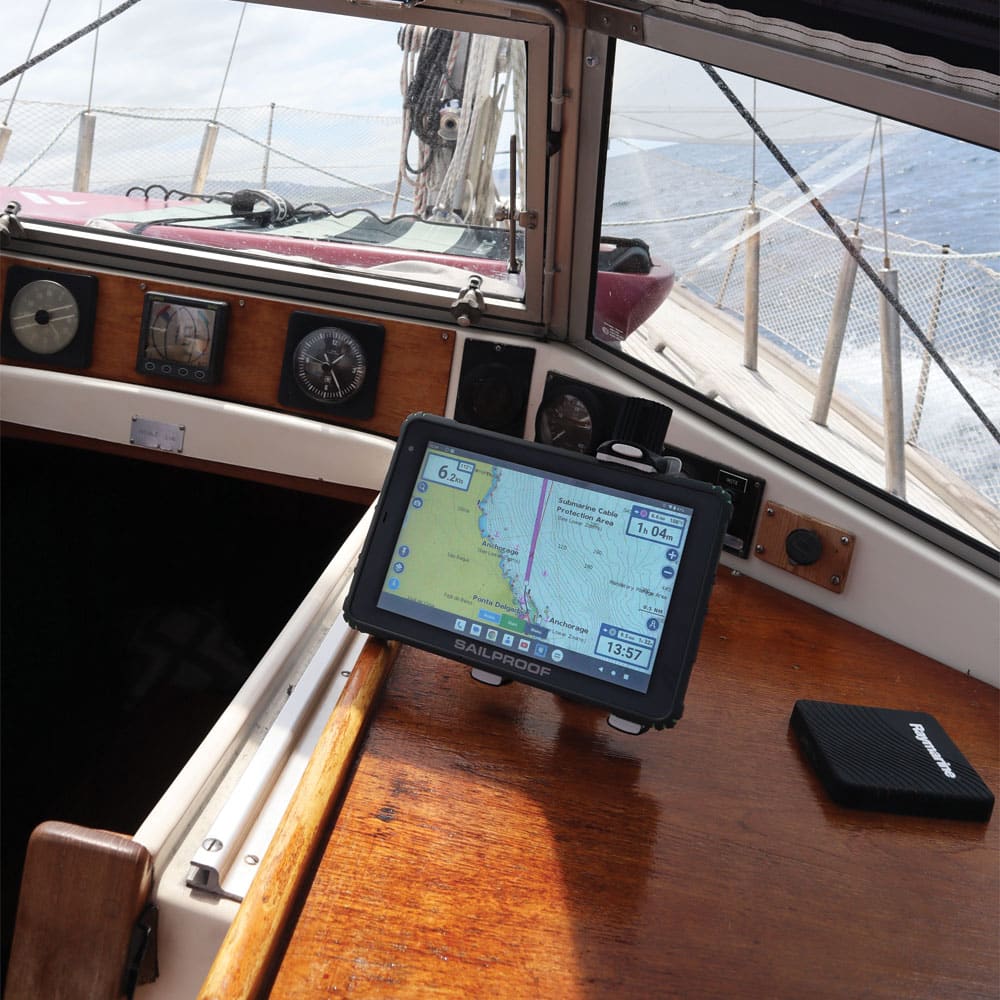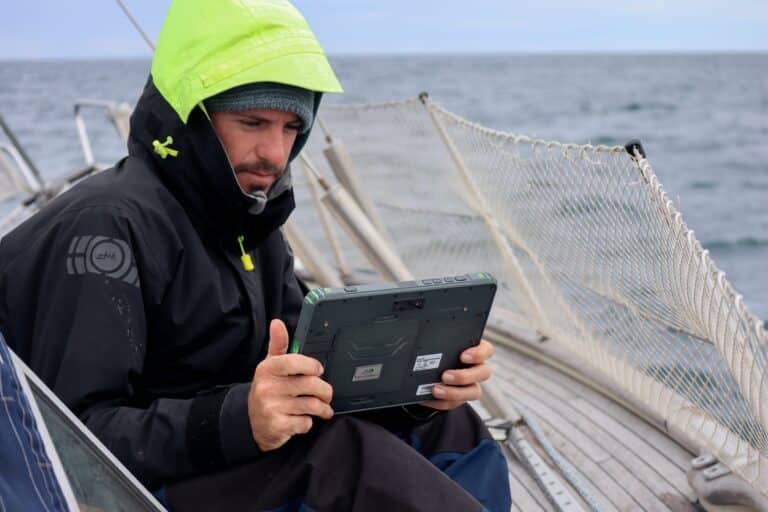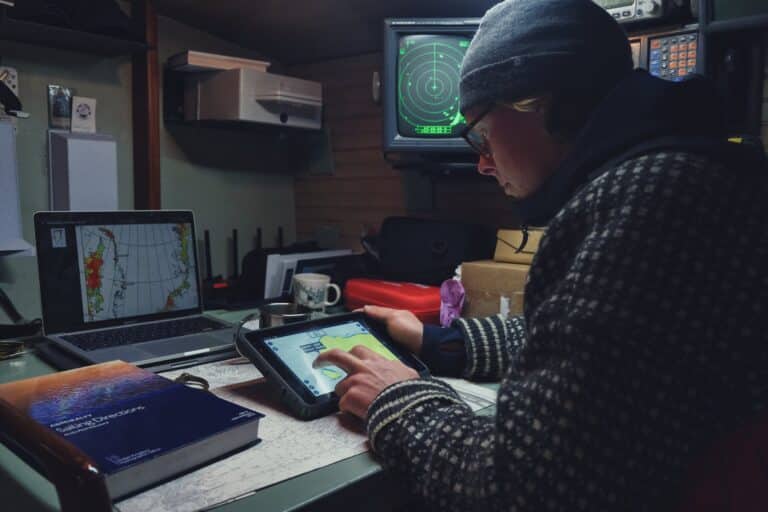How is screen brightness measured?
Screen brightness is commonly measured in terms of luminance, which quantifies the intensity of light emitted from a display. The primary unit for this measurement is candelas per square meter (cd/m²), also referred to as nits. When it comes to smart phones and tablets the typical measurements that consumers will be provided are unfortunately confusing, mostly as deceiving marketing practices are in play. The term mostly used is Peak Brightness, which to say the least is confusing and mostly irrelevant.
- Peak Brightness: Peak brightness indicates the brightest white a screen can display when rendering a small area, like highlights in HDR content. Its a very confusing measurement, as the area and duration is often not specified and can be as small as a single pixel for a few seconds. A recent study on the OnePlus 12 smartphone, with an advertised peak brightness of 4500Nits has a measurable Sustained brightness of 1120Nits.
- High-brightness mode (HBM) as part of the auto-brightness feature, which boosts outdoor viewing brightness. HBM can only be sustained for a few minutes before dropping, though, primarily due to power consumption, screen burn-in, and heating concerns.
- Sustained Brightness: Brightness that can be maintained over longer time without overheating or over draining the battery, this measurement is perhaps also the most important and least misleading, especially when it comes down to using the screen on a more permanent mode, such as a navigation screen.

(c) JB D’Enquin
How much brightness do you really need?
It is true that the more nits a screen has the better it performs in direct sunlight, at the same time extreme brightness creates a lot of heat and consumes a lot of power. At SailProof we have found over the years that 1000nits is ideal, it provides a truly sunlight readable screen that has been tested over the years in real conditions and has proven itself exceptionally.
Even our 1000nits screen could benefit at certain extreme conditions from an even higher brightness, however the benefit would be rather small and would quickly be out-weighted by the limitations and implications. As mentioned under direct and extreme sunlight, temperatures tend to be high, combining this with an extremely bright screen will result in temperatures rising extremely quickly, moreover causing the battery to drain, which again results in more heat, something that can not be sustained over long periods by a battery driven device. Therefore, as mentioned many manufactures use the term peak brightness, essentially confusing consumers into believing they get a truly bright screen, when in fact that is seldom the case. This is not to say high peak brightness numbers are not beneficial, they can be but only on certain occasions and for limited time, certainly not when using the screen for long term navigation.
Differences between LCD and AMOLED
Many new high-end devices feature AMOLED screens, which promise outstanding visual experiences, low energy consumption, and ultra-thin designs since they do not require an additional backlight layer. It’s true that AMOLED screens generally offer better contrast because each individual pixel produces its own light. A dark pixel, therefore, appears much darker than on an LCD. Furthermore, colors can be more vibrant, and energy consumption is lower for darker colors; however, it can be higher for brighter colors.
Another notable feature of AMOLED screens is Peak Brightness, likely introduced due to their ability to illuminate individual pixels. This allows small parts of the screen (specific pixels) to reach extreme brightness levels—typically between 3000 and 4500 nits—for short periods. However, this offers only limited benefits in bright sunlight, as most of the screen remains less illuminated.

AMOLED screens also have notable limitations. They are more sensitive to degradation over time, and pixel burn-in can occur when displaying static images (like charts) for extended periods. Additionally, they tend to have lower sustained brightness compared to the alternatives.
While AMOLED screens are an excellent choice for activities like watching HD movies or editing photos, they may not be ideal for outdoor, permanent, or semi-permanent use as chart plotters due to their sensitivity, potential for burn-in, and lower sustained brightness.
| Feature | LCD | AMOLED |
| Brightness | Brighter | Less bright |
| Color | Accurate, natural | Vibrant, saturated |
| Contrast | Moderate | High, true blacks |
| Power Use | Higher for dark images | Lower for dark images |
| Burn-in Risk | None | Possible over time |
| Cost | Affordable | Expensive |
| Design | Thicker | Thinner, flexible |
At SailProof, we use TFT LCD screens for our sunlight readable tablets and sunlight readable touchscreens because they are designed for durability and are excellent for outdoor use in constant operation. The following characteristics make them ideal for this purpose:
- Higher Brightness: LCD screens generally offer greater brightness, making them more visible in direct sunlight.
- No Burn-in Risk: Unlike AMOLED screens, LCD screens do not suffer from burn-in, ensuring long-term durability for static image usage.
- Longer Lifespan: LCDs have a longer lifespan because they do not rely on organic materials that degrade over time.
- Cost-Effective Durability: LCD screens are more affordable and better suited for devices designed for outdoor or rugged use.





